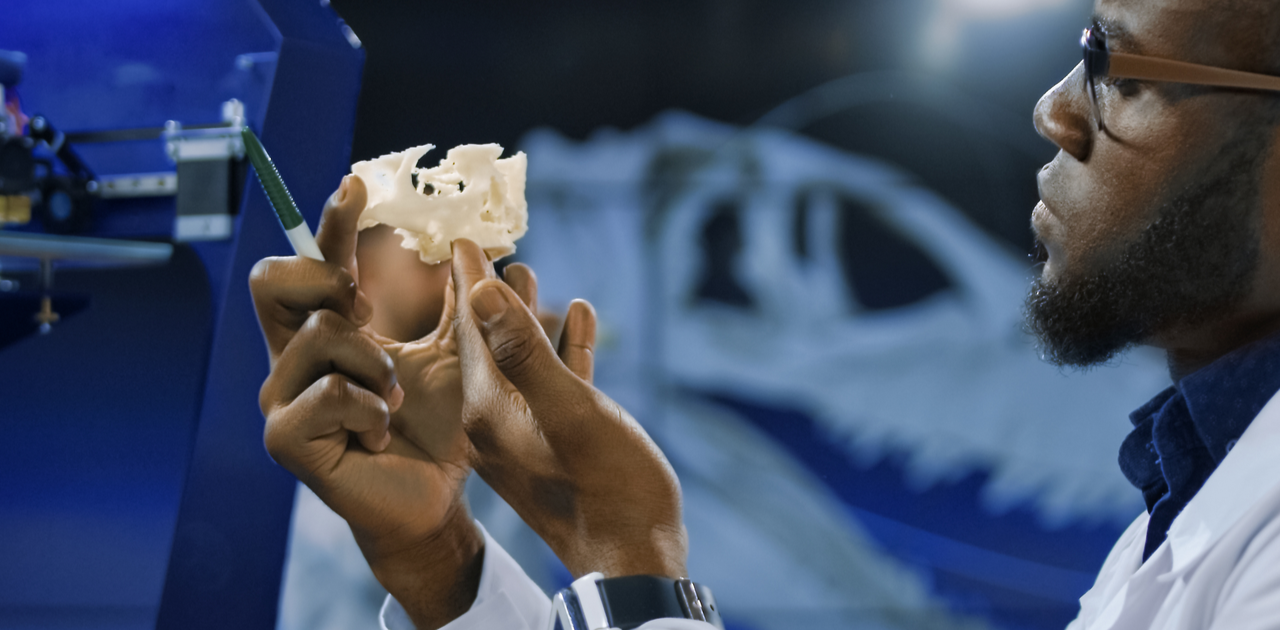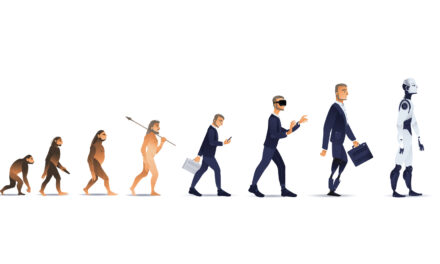
The Future of … How 3D Printing is Revolutionizing Health Care
With 3D printing growing more ubiquitous throughout the economy, here are some of the exciting ways 3D printing is altering the landscape of health care.
To view the full article please register below:
The Future of … How 3D Printing is Revolutionizing Health Care
Last year, we explored the profound impact of 3D printing on U.S. manufacturing. With 3D printing growing more ubiquitous throughout the economy, we thought we would now review the exciting ways 3D printing is altering the landscape of health care.
Pre-surgical Planning
Before a surgeon operates, he or she devises a plan. Gathering information is crucial to devising the best plan for the patient. Today, that information gathering is done with X-rays, CT scans and MRIs; however, each has its limitations.
This is where 3D printing comes in. A physical 3D model of a patient’s anatomy on which surgery will be performed can be constructed with an accuracy and representation that exceeds current tools, allowing surgeons to design better surgical approaches. A more informed plan offers many benefits, including reduced time in the operating room, fewer complications, shorter post-operative hospital stays and decreased re-intervention rates—all of which should work to lower health care costs.
Prosthetic Limbs
Prostheses, as they are currently manufactured, are expensive and tend to be uncomfortable. With 3D printing, a prosthetic limb can be custom made, offering patients greater comfort at a substantially lower cost.
Dentistry
Anyone who has visited the dentist for serious dental work knows that it’s a multiple-visit undertaking. With a 3D printer in their offices, dentists can now fashion—on-site—customized braces, restorations, crowns and bridges, saving patients return visits and multiple-week waits.
Transplants
The organ transplant wait may soon become a relic of another time. Tissues and organs—including hearts, kidneys, skin and lungs—can be printed using the patient’s own cells, avoiding the risk of rejection and the long waiting list that currently exists for transplants.
Prescriptions
The number of pills an elderly person may be required to take to address the health challenges of aging can be overwhelming to both patient and caregiver. Keeping track of their scheduling and interactions is no easy task. Experiments are currently underway to build customized pills using 3D printer technology that combines all the drugs prescribed to a patient into a single pill that also incorporates the different release times so as to accommodate the individual scheduling of each drug.
While the advancement of 3D technology in health care have been extraordinary, hurdles to progress remain in the form of regulation (some of which still need to be written) and FDA review and approval.
See referenced disclosure (2) at https://blog-dev.americanportfolios.com/disclosures/












